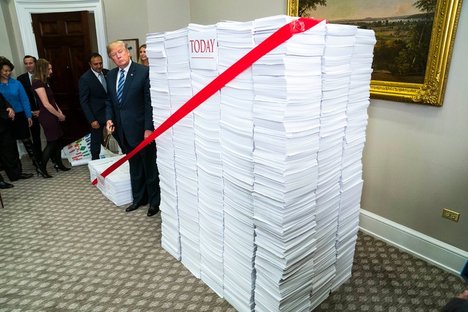The nurse interviewed in the passages quoted below, also appeared at about the same period, on Anderson Cooper’s CNN 360 show. On that she had a wonderful riff on how the hospital was irresponsible in taking so long to get the right protective gear. She says that they could, and should, have gotten it overnight through Amazon Prime.
(p. B4) DALLAS — A nurse who observed and participated in the care of Ebola patients at Texas Health Presbyterian Hospital spoke out publicly on Thursday about what she characterized as inadequate training and infection control there.
. . .
Ms. Aguirre said she and other nurses were “horrified” at the protocols used to care for Ms. Pham. She said they received instruction only once about the proper use of personal protective equipment — gloves, masks, gowns, hoods and shields — before entering Ms. Pham’s room, and then were shown how to remove the potentially contaminated gear while in the room. The garb left a triangle of skin exposed on the front of her neck.
“The very first time I was being instructed to put the stuff on I immediately voiced my concerns,” Ms. Aguirre said. “Why would I be wearing two pairs of gloves, three pairs of bootees, have my entire body covered in plastic, have two hoods on and have an area so close to my mouth and my nose exposed? And they said, ‘We know, we’ve addressed it and basically our verdict on that at this time is we’re taping that area closed.’ “
For the full story, see:
KEVIN SACK. “Controls Poor at Hospital, Nurse Says.” The New York Times (Fri., October 17, 2014): A14.
(Note: ellipsis added.)
(Note: the online version of the story has the date OCT. 16, 2014, and has the title “WHEELS; The Internal Combustion Engine Is Not Dead Yet.” The online version says that the New York print version was on p. A14. My paper, probably the midwest version, was on p. A18.)

